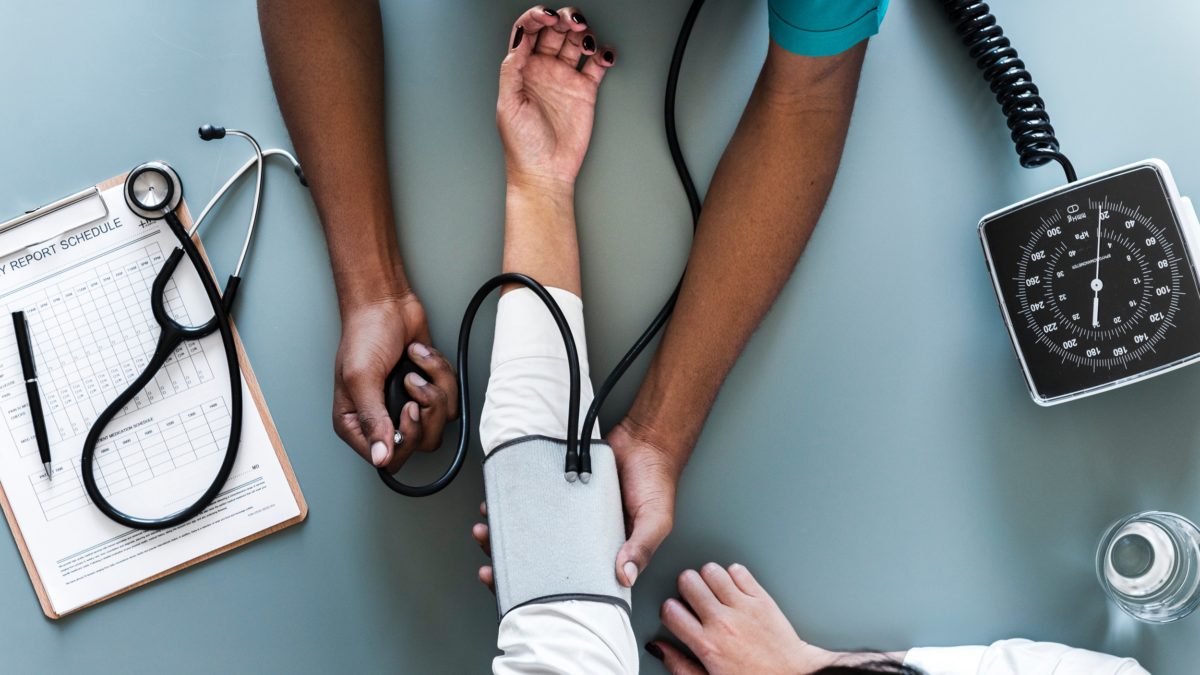Are medical assistants allowed to draw blood?
Are medical assistants allowed to draw blood?
The mere thought of blood is enough to make some people queasy. But for many others, donating or even drawing someone else’s blood isn’t a big deal in the slightest.
Many roles in the medical field involve being around, if not directly taking, blood. This goes for positions in hospitals, clinics and other practices.
If you’re considering a career as a medical assistant (MA) and the act of drawing blood is a skill you’re looking forward to learning, then you’ve probably wondered, “Are medical assistants allowed to draw blood?”
Once you begin your career in an actual medical office, drawing blood is a skillset you are going to be required to possess, so most medical assistant programs include this training as part of the regular curriculum.
But how large of a role will this ability play throughout your schooling and career? Here are five influencers for how much you’ll directly work with blood:
- Phlebotomy certification – A standard part of medical assistant courses is to learn basic phlebotomy, which involved inserting a needle in a vein or capillary to collect blood. This is a critical aspect of many health screenings and procedures that physicians conduct. If this is your passion, you can pursue more education and certification in phlebotomy. For example, if it’s your desire to work in a lab or if the medical practice where you work is requiring you to take blood samples, you may wish to pursue phlebotomy certification.
- A more attractive hire – Once you’ve finished all your medical assistant classes, you want to be sure you are the most attractive hire you can be so you find the job you want most. The addition of a phlebotomy certification will make your job application more attractive because it gives you a more diverse set of skills that employers value.
- More than an MA – Your medical assistant certification could land you a role in a clinic that operates a lab or you could work full time as a phlebotomy and lab assistant. Some medical facilities hire phlebotomy teams that work on rotation and draw blood as primary responsibility. Depending on the work setting, you are likely to be required to have a phlebotomy certification for this role.
- Going even further – Some medical assistants are truly impassioned about phlebotomy and often choose to pursue additional education as medical lab technicians (MLT.) In this role, you’ll do far more than work with blood. Your role will involve processing urine and fecal samples. To work as an MLT, you’ll need additional training that requires a two or four-year medical assistant degree on top of the medical assisting education you’ve completed.
- Intimidated to draw blood - If you’re reading this article because your intimidated to draw blood … or would simply rather do other parts of medical assistant job duties, there’s good news for you. While it’s true that medical assistants do sometimes draw blood, if and when they do often depends on what kind of practice the MA is working in. It is possible for you to find a role in this field where the emphasis of your job is not on drawing blood.
A Healthy Career
Medical assisting is a healthy career field to enter into. With the increasing age of the baby-boom population, the need for preventive medical services that are offered by most physicians’ practices will continue to rise. When these practices grow, doctors will need to hire additional medical assistants to address routine administrative and clinical duties, which means even more opportunities for you to show your expertise in phlebotomy.
Medical Assistant Awareness Month
Medical Assistant Careers Awareness Month – October 2021 Sponsored by: October is Medical Assistant Awareness Month at the Imagine America Foundation, and we are very excited to share some important resources with our community of high school counselors, workforce development boards, VA offices, parents,…
Leave a Reply Cancel reply
- - ADVERTISEMENT - -
Categories
- Alumni Series (13)
- Automotive (57)
- Aviation (15)
- Business (14)
- Business & Arts (18)
- Career College Expositions (8)
- Career Development (96)
- CCC Blog (1)
- CCC Podcast (9)
- College Resource (90)
- College Showcase – Lincoln Tech (6)
- College Showcase – New Jersey (8)
- College Showcase – Pennco Tech (1)
- College Showcase – Universal Technical Institute (2)
- Continuing Education (155)
- Cosmetology (3)
- Counselor Resources (108)
- Criminal Justice (3)
- Dental Assistant (2)
- Education (110)
- Financial Literacy (17)
- Health Sciences (51)
- Heritage Series (3)
- High School Recruitment Series (4)
- Housing Series (10)
- HVAC (8)
- Imagine America Scholarships (12)
- Information Technology (17)
- Massage Therapy (5)
- Mechanical Sciences (109)
- Medical Assistant (12)
- Millennial Student Series (4)
- News (11)
- Nursing (22)
- Online education (13)
- Pandemic Proof Series (4)
- Personal Finance (17)
- Podcast (91)
- Research (11)
- Road Map Series (2)
- Scholarships (12)
- Social Media Series (4)
- Strata Tech (3)
- Student Success (29)
- Study Tips (3)
- Time Managment (1)
- Top 10 (10)
- Trucking (2)
- Uncategorized (14)
- Universal Technical Institute (19)
- Veteran Affairs (8)
- Welding (24)
- Women in Skilled Trades (3)
Tags
- - ADVERTISEMENT - -






